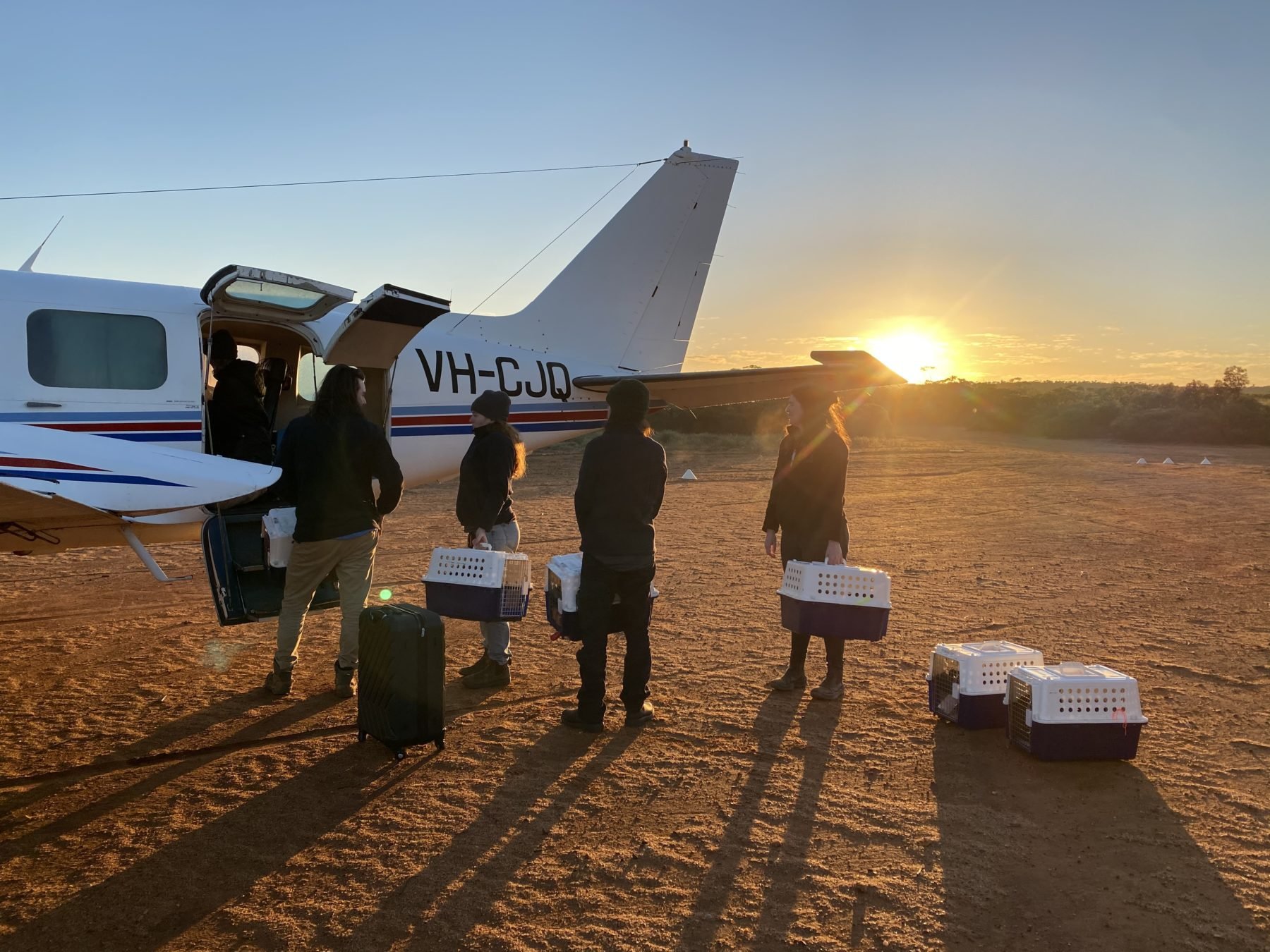Woylies return to NT after becoming locally extinct 60 years ago

Woylies (aka brush-tailed bettongs) have made a return to the Northern Territory after becoming locally extinct 60 years ago.
The Australian Wildlife Conservancy reintroduced 44 of the woylies – 22 males and 22 females, all of which are carrying pouch young – from Mt Gibson Wildlife Sanctuary in Western Australia to Newhaven Wildlife Sanctuary northwest of Alice Springs earlier this week.
Endemic to Australia, woylies were once spread across 60 per cent of the mainland but have been driven to the brink of extinction by land clearing, grazing animals, introduced foxes and parasite infections.

Related to kangaroos and wallabies, woylies have prehensile tails perfect for lugging around important construction equipment as seen here.
“Woylies are incredible ecosystem engineers,” says AWC Wildlife Ecologist, Kirsten Skinner. “Each individual has the ability to move around six tons of dirt every year which promotes soil turnover and germination of seeds. We look forward to seeing how their return will affect the ecosystem after an absence of over 60 years.”
The Newhaven Wildlife Sanctuary is a predator-free fenced area, which will give the small marsupial the best chance at success.
Ecologists with AWC will be closely monitoring the released population with tracking collars and camera traps with the hopes of recording the first generation of locally bred Woylies in over a century.




